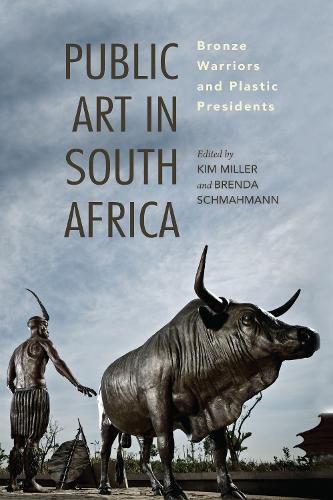Readings Newsletter
Become a Readings Member to make your shopping experience even easier.
Sign in or sign up for free!
You’re not far away from qualifying for FREE standard shipping within Australia
You’ve qualified for FREE standard shipping within Australia
The cart is loading…






How does South Africa deal with public art from its years of colonialism and apartheid? How do new monuments address fraught histories and commemorate heroes of the struggle? Across South Africa, statues commemorating figures such as Cecil Rhodes have provoked heated protests, while new works commemorating icons of the liberation struggle have also sometimes proved contentious. In this lively volume, Kim Miller, Brenda Schmahmann and an international group of contributors explore how works in the public domain in South Africa serve as a forum in which important debates about race, gender, identity and nationhood play out. Examining statues and memorials as well as performance, billboards, and other temporal modes of communication, the authors of these essays consider the implications of not only the exposure, but also erasure of events and icons from the public domain. Revealing how public visual expressions articulate histories and memories, they explore how such works may serve as a forum in which tensions surrounding race, gender, identity, or nationhood play out.
$9.00 standard shipping within Australia
FREE standard shipping within Australia for orders over $100.00
Express & International shipping calculated at checkout
How does South Africa deal with public art from its years of colonialism and apartheid? How do new monuments address fraught histories and commemorate heroes of the struggle? Across South Africa, statues commemorating figures such as Cecil Rhodes have provoked heated protests, while new works commemorating icons of the liberation struggle have also sometimes proved contentious. In this lively volume, Kim Miller, Brenda Schmahmann and an international group of contributors explore how works in the public domain in South Africa serve as a forum in which important debates about race, gender, identity and nationhood play out. Examining statues and memorials as well as performance, billboards, and other temporal modes of communication, the authors of these essays consider the implications of not only the exposure, but also erasure of events and icons from the public domain. Revealing how public visual expressions articulate histories and memories, they explore how such works may serve as a forum in which tensions surrounding race, gender, identity, or nationhood play out.